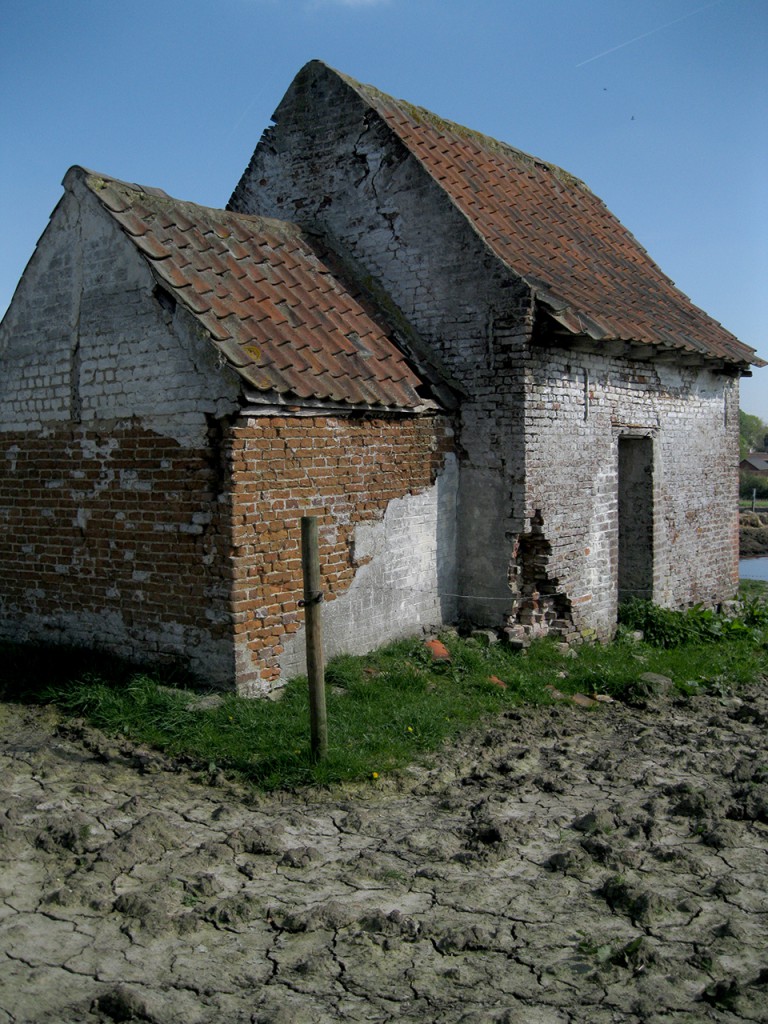Research
Search our website
Search our website by entering a keyword or choose a database above to search specifically.
Search
Showing search results 4,371 - 4,380
14,716 results found

Adriaan Sanderslei 81, Aartselaar, Belgium
Adriaan Sanderlei 81, Aartselaar, Belgium

afspanning St. Christoffel, Zandhoven, Belgium

Achterhoek 3, Berlaar, Belgium

Adriaansensweg 1, Ieper, Belgium

Abelestationsplein 20, Poperinge, Belgium

Achter Emer 17, Prinsenbeek, Netherlands

Adolf Papeleustraat 112, Wetteren, Belgium

Aloïs De Deckerstraat 13, Asse, Belgium

Amelgemstraat 9, Meise, Belgium

Antwerpsebaan 381, Antwerpen, Belgium
Antwerpsebaan 381, Antwerpen, Belgium








